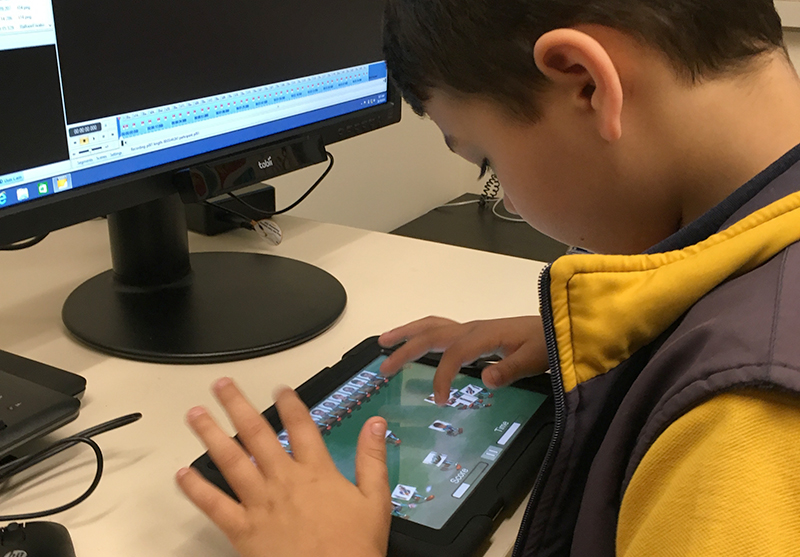Search
Research
Parental perspectives of the everyday experiences of uncertainty among young children on the autism spectrumAnxiety commonly co-occurs in autism. Exploring and understanding potential underpinning mechanisms contributing to and maintaining anxiety in the early years is important in managing anxiety. Intolerance of uncertainty (IU), a tendency to find uncertainty difficult, is a transdiagnostic mechanism contributing to anxiety, but little is known about how IU may be experienced in young children on the autism spectrum. This study investigated parental perspectives of children's experiences of uncertainty.
Research
Psychosocial and neurocognitive correlates of suicidal thoughts and behaviours amongst siblings of persons with and without neurodevelopmental conditionsSiblings of individuals with neurodevelopmental conditions (NDCs) have greater incidence of neuropsychiatric diagnoses and neurocognitive difficulties compared to siblings of persons without NDCs. Despite suicidality being labelled a global health crisis (WHO, 2014) and NDC siblings experiencing risk factors implicated in suicidality, no previous studies examined suicidality amongst adolescent and young adult siblings of persons with NDCs. Our study aimed to bridge this gap.
Research
Atypical nested 22q11.2 duplications are associated with neurodevelopmental phenotypes including autism spectrum disorder with incomplete penetranceOur findings contribute to the genotype–phenotype data for atypical nested 22q11.2 duplications, with implications for genetic counseling
Research
Sleep problems and anxiety from 2 to 8 years and the influence of autistic traits: a longitudinal studyAnxiety and sleep problems may be an early indicator of autism in young children and early autistic traits may also contribute to anxiety problems later in childhood
Research
Prevalence of Motor Difficulties in Autism Spectrum Disorder: Analysis of a Population-Based CohortIn this population-based cohort that included 2,084 children with autism aged ≤6 years, over one-third met the criteria for motor difficulties
Research
Are autistic traits in the general population stable across development?There is accumulating evidence that autistic traits (AT) are on a continuum in the general population.
Research
Unpacking the complex nature of the autism epidemicThe etiology of autism spectrum disorders is unknown but there are claims of increasing prevalence in many countries.
Research
Evidence against poor semantic encoding in individuals with autismThis article tests the hypothesis that individuals with autism poorly encode verbal information to the semantic level of processing, instead paying greater...
Research
Do children with autism 'switch off' to speech sounds? An investigation using event-related potentialsAutism is a disorder characterized by a core impairment in social behaviour. A prominent component of this social deficit is poor orienting to speech.

News & Events
Frankie and Friends appResearchers at The Kids Research Institute Australia and University of Western Australia have recently published data describing the use of an attention training game designed for school-aged children diagnosed with autism spectrum disorder (ASD).
